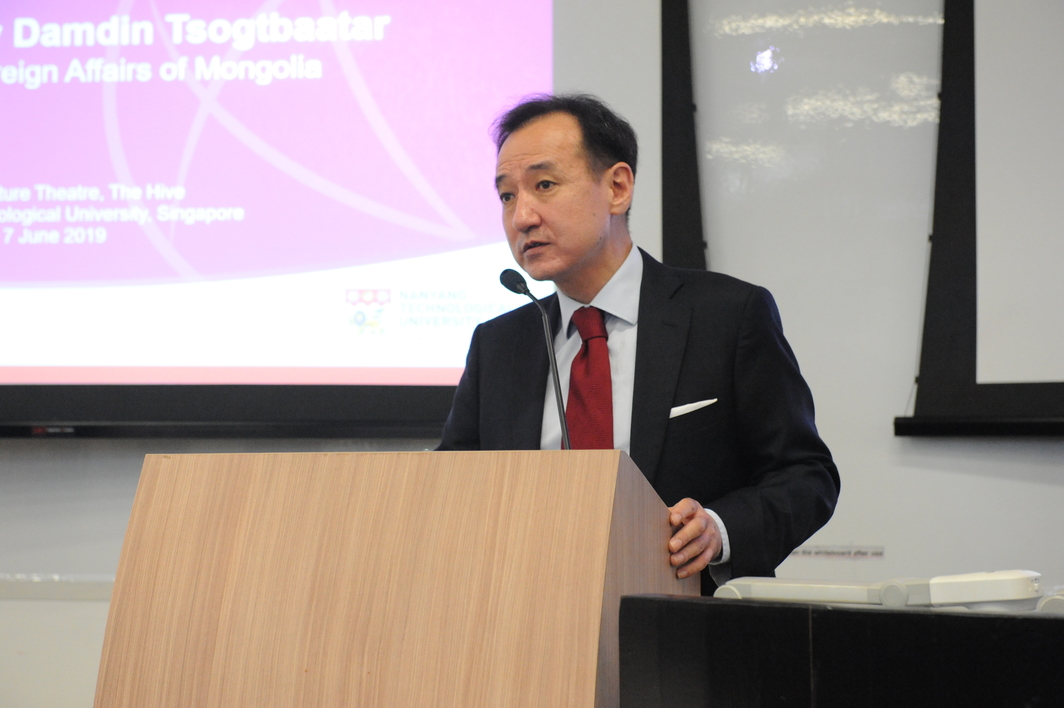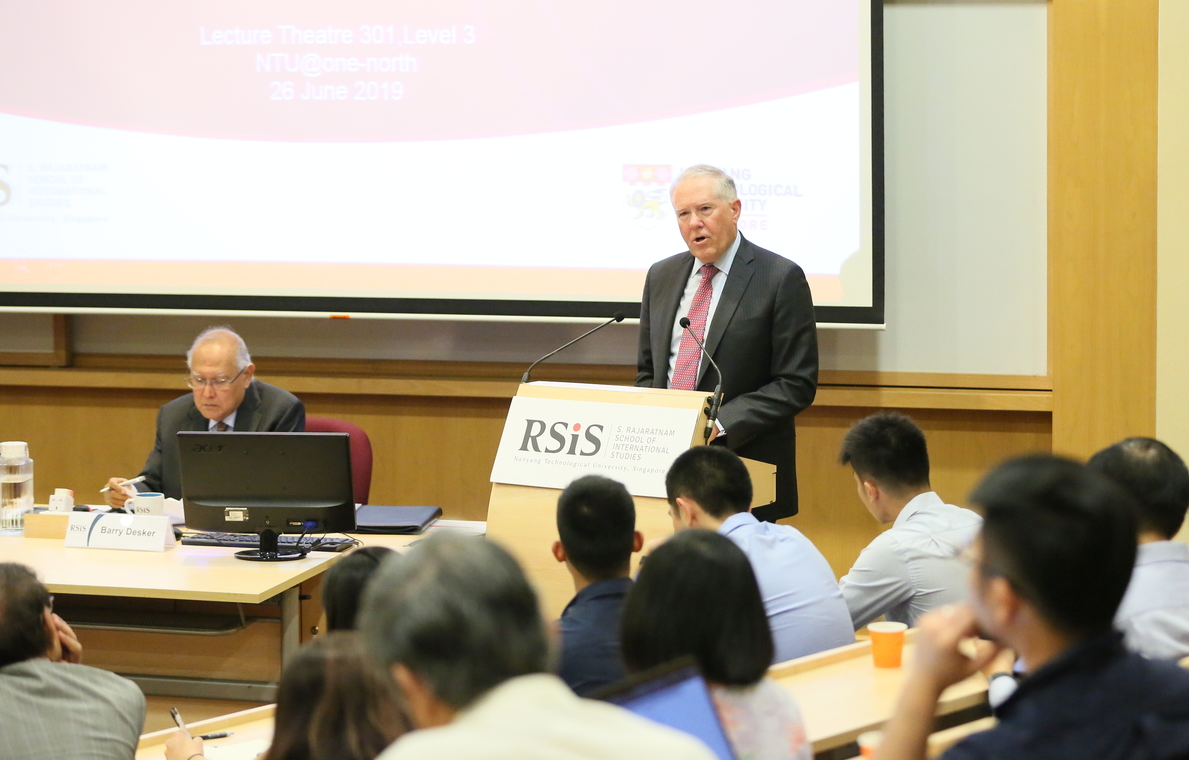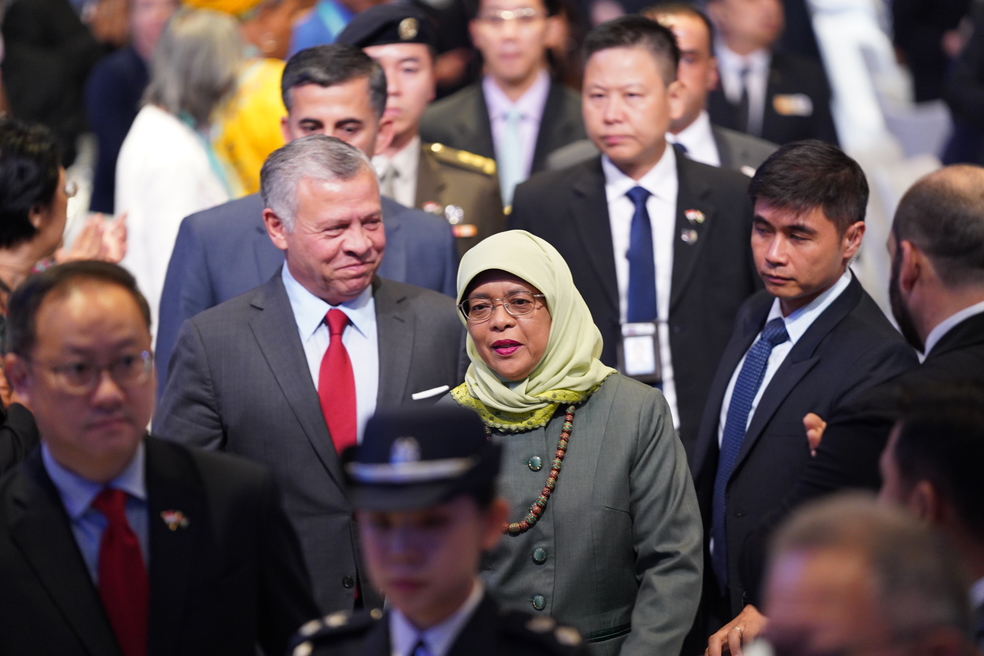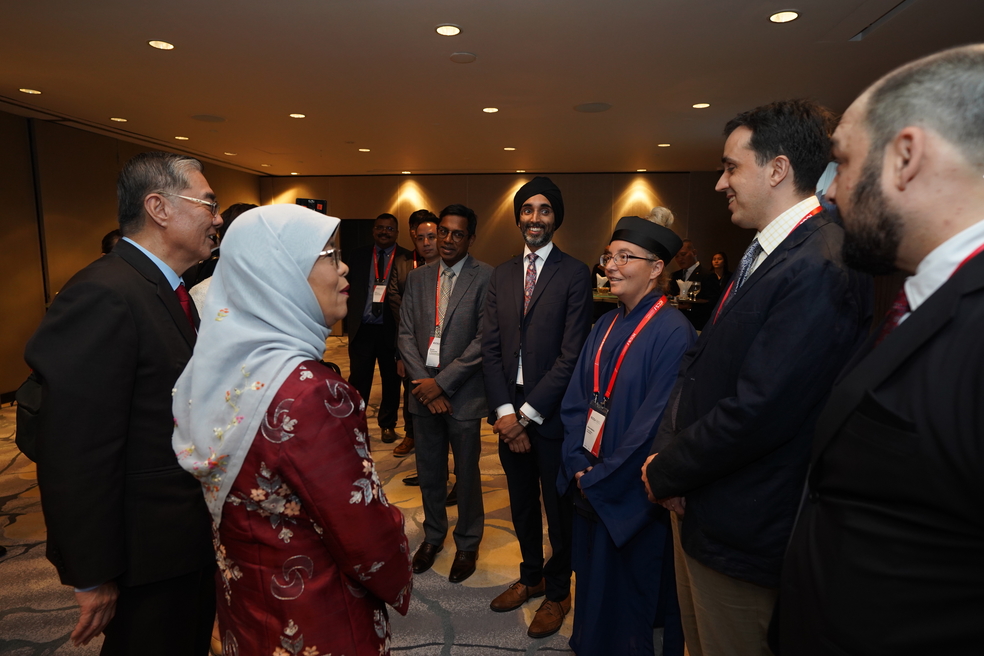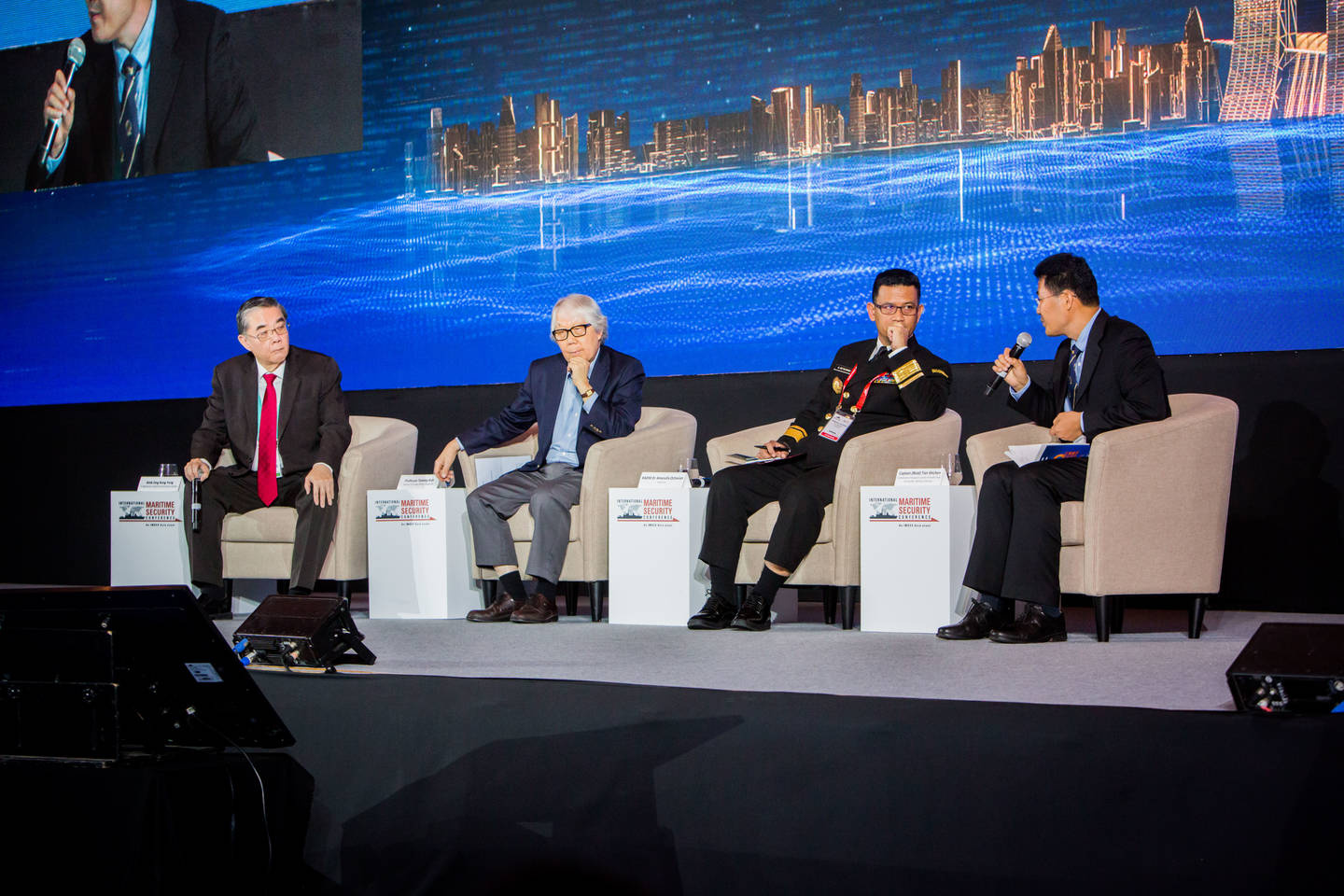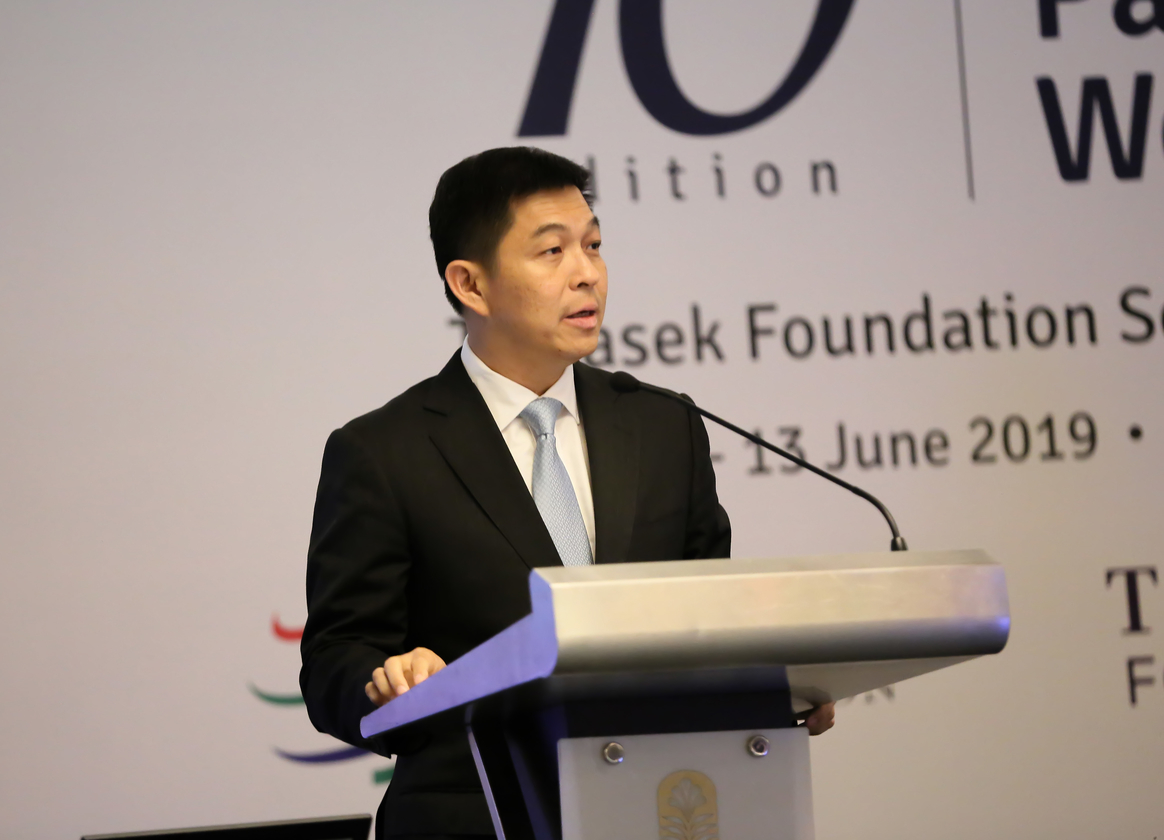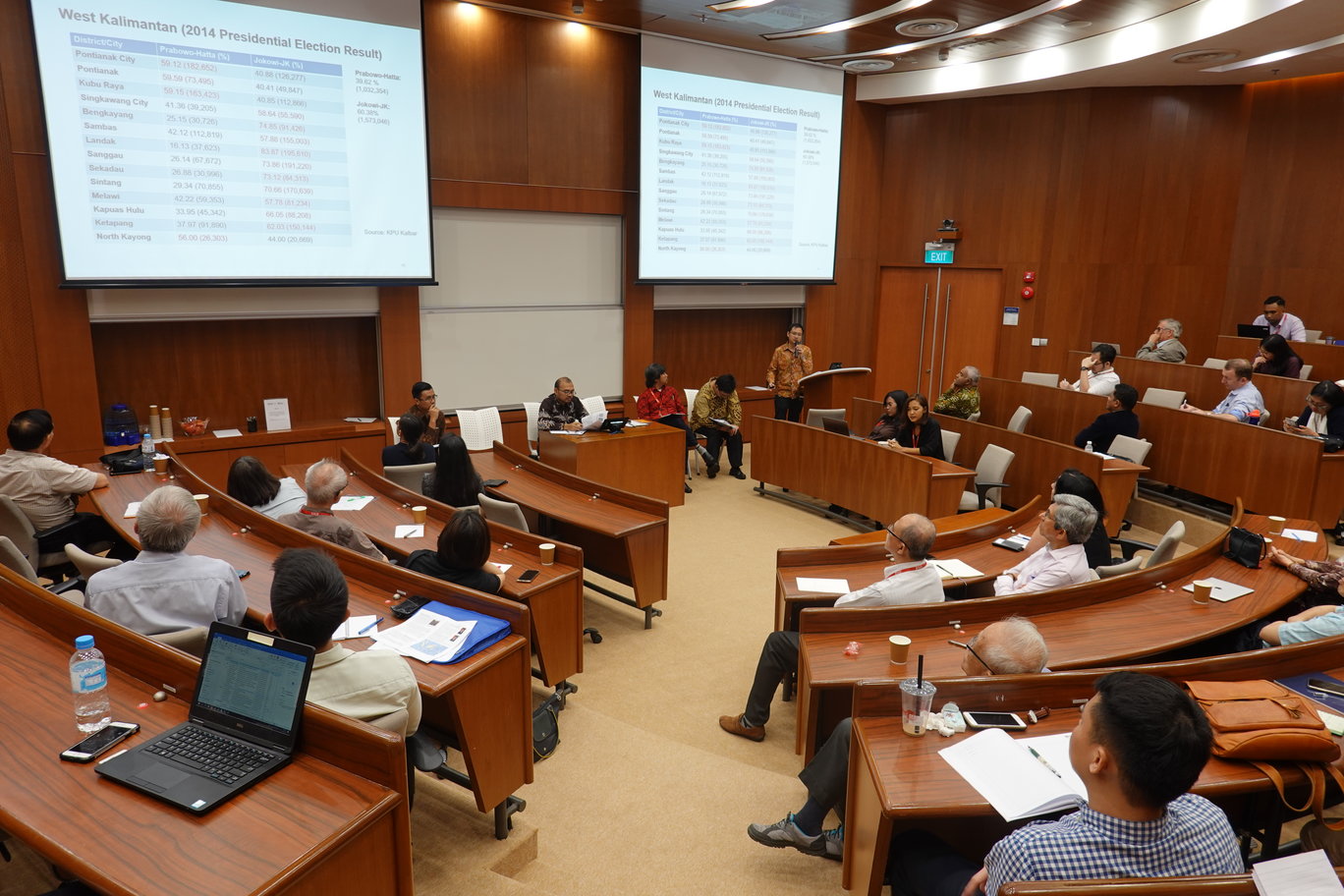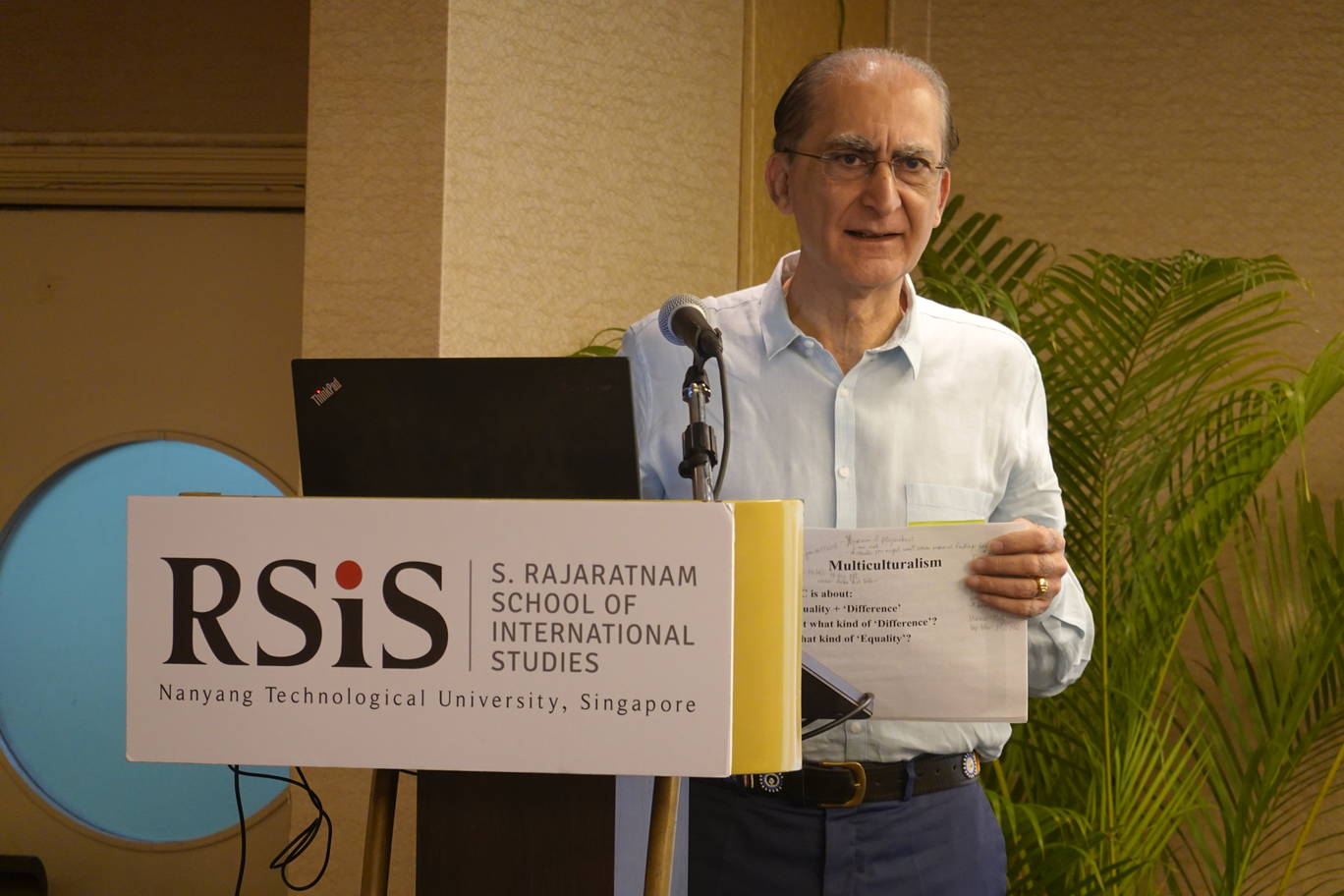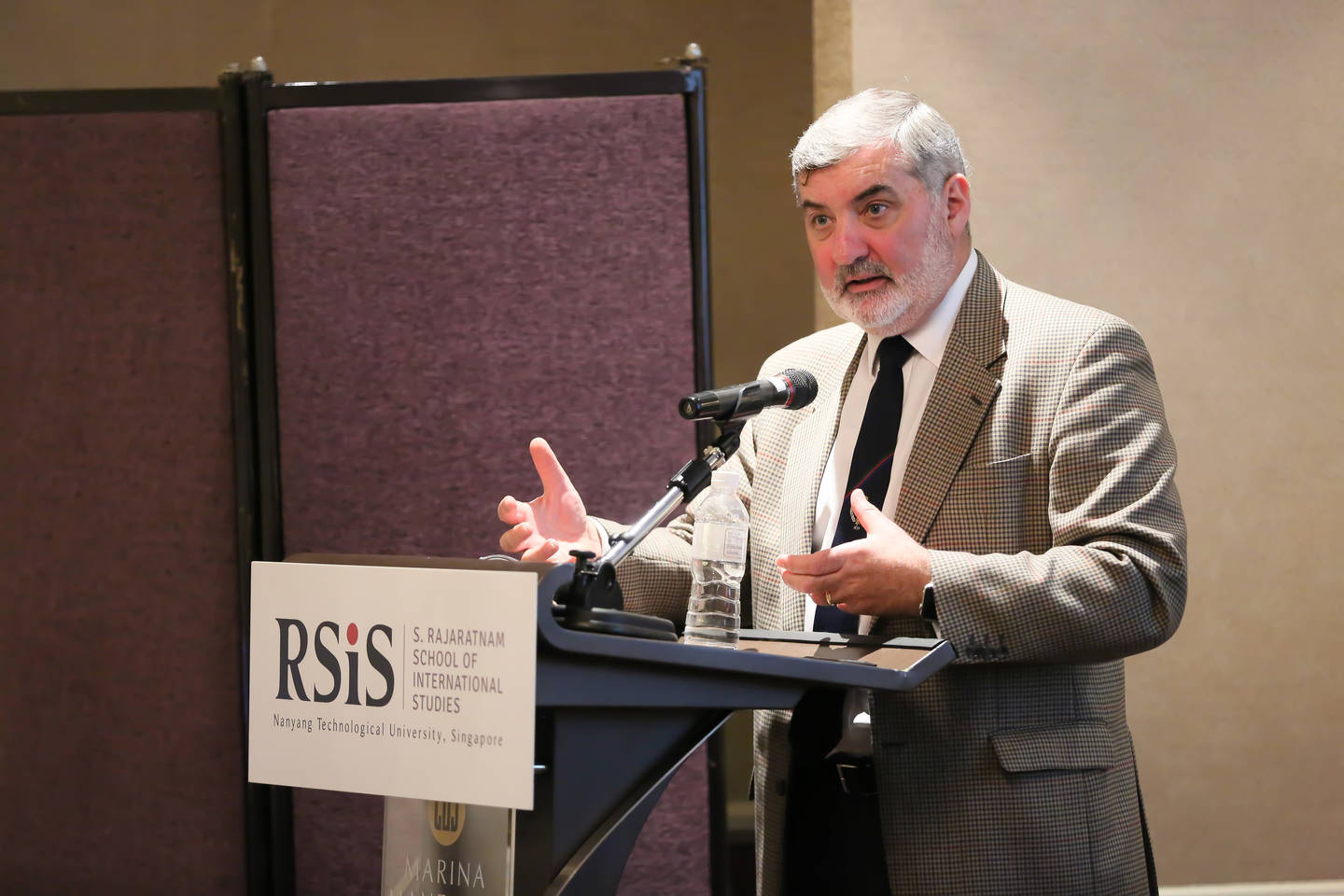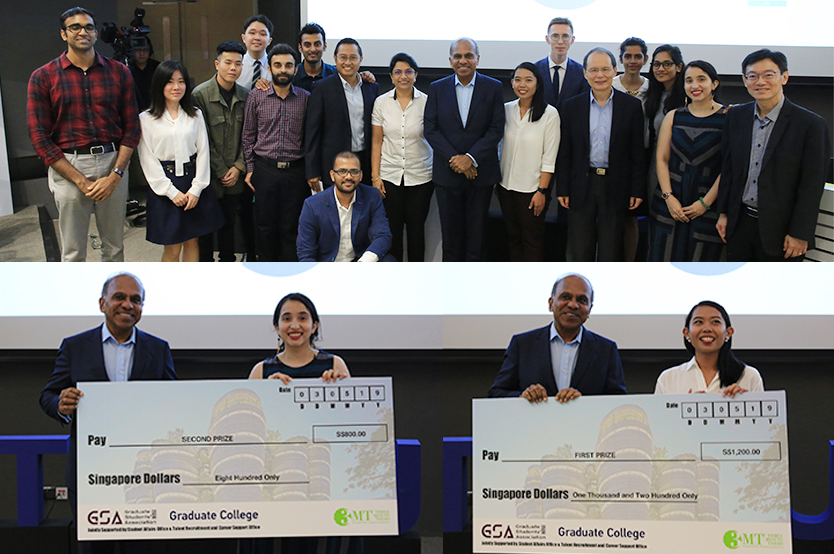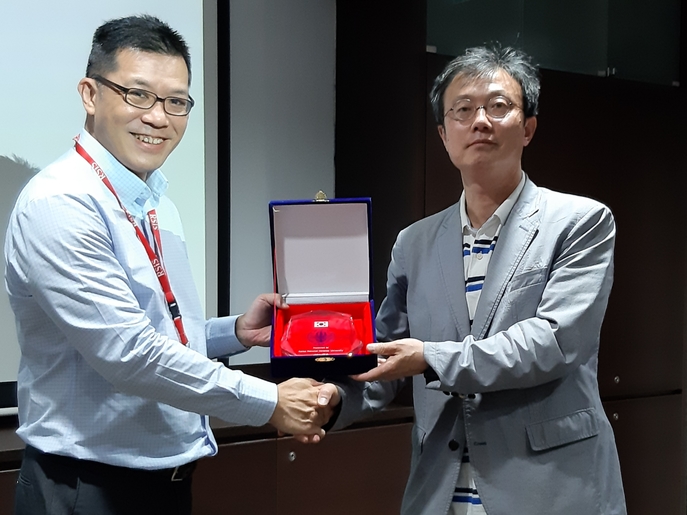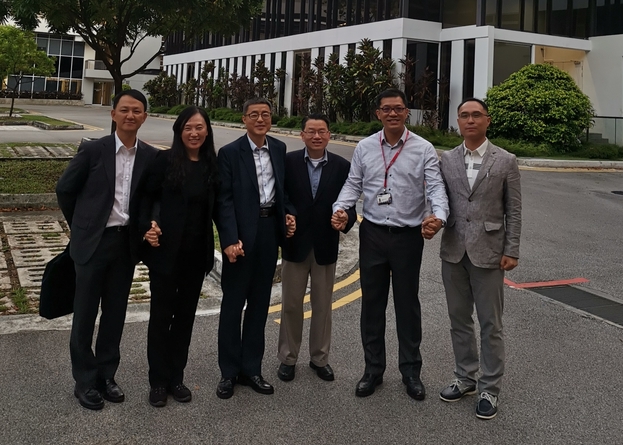
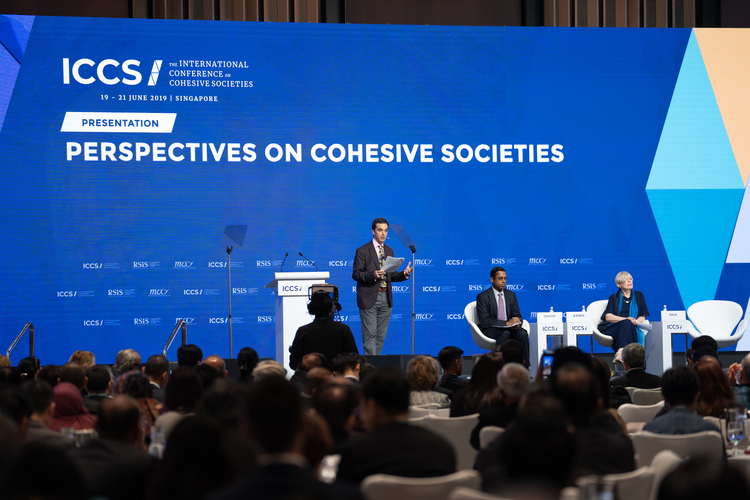
The night before the morning of 21 June 2019, many of the delegates to the International Conference on Cohesive Societies (ICCS) might have gone to bed with information overload. Information about the need to maintain racial harmony and cohesion in their communities and nations — and how multifarious an undertaking that is. An undertaking almost unimaginably complicated by the attacks of those who seek to disrupt and take over cohesive societies, often through the use of modern technology.
Will the delegates be able to go home armed not only with deeper awareness and stronger resolve, but also with the know-how to deal with the intricacies of close-quarters and open-front counter-measures? And, for additional comfort, also the best practices that have proved effective elsewhere?
Much of that kind of doubting was dispelled the next morning by the third plenary, the six breakout sessions and the closing remarks by Singapore’s Deputy Prime Minister and Minister for Finance Heng Swee Keat.
One of the speakers at the plenary, Bishop Emeritus Dr Wee Boon Hup, referred to the Pew Research Center’s 2014 finding that Singapore was the most religiously diverse country in the world. That was the fact tank’s rating. The fact remains, the Bishop Emeritus noted, that Singapore is widely recognised for its social cohesion and multi-religious harmony, which he attributed to what he termed “GRIP”:
- “G” for Government that actively fostered harmony and remained ever the enforcer should that harmony come under risk;
- “R” for Relationship, with government ministers, other decision-makers and religious leaders getting together regularly and remaining always just a phone-call away;
- “I” for IRCCs, i.e., Singapore’s Inter-Racial and Religious Confidence Circles;
- “P” for Prayer and Religious Perspectives, “pray for Singapore … pray when in trouble and pray to avoid trouble.”
The Bishop did not confine himself to dishing out a catchy mnemonic for the four components he identified. He also provided a succinct summary of the steps taken by the Singapore government and other stakeholders to build and sustain social cohesion. Because he stressed that he was describing the developments from his point of view, throwing in side comments that light-heartedly displayed streaks of independence, it was a more memorable how-to lesson than a deadly serious recounting could be. And, he was from “the People”, those at the receiving end of official edicts. That helped to strengthen the deliberate inclusiveness of the Singapore approach.
Similarly, at the breakout session I sat in, the highly accessible description of how Singapore was building social cohesion came from a think-tank witness. Again, that individual giving the narrative was a subtle celebration of inclusiveness and partnership, as opposed to a wholly government-fronted presentation, which would have had very different dynamics. That was fairly obvious to the near-capacity crowd attending the “Community Initiatives towards Social Cohesion” session. The questions from the audience indicated that. Because the questions and answers were conducted in the old-fashioned format of hands-up to get recognised and get called upon by the moderator, the body language and the tone of voice more than the words were most telling about moods and sentiments.
In the plenaries, we introduced the Slido platform for the audience to send in questions and comments without waiting to be called upon by the moderator. The big advantages were that the audience could respond immediately to what they were hearing from the speakers and we could have a much higher number of questions than in the old in-person way. The big disadvantage was that we were deprived of the truer measures of the questioners’ intentions that vision and sound would have provided. A wisecrack by a featured speaker about this raised heartfelt laughter. Organisers of future conferences using Slido could supplement the technology by inviting those asking really profound or controversial questions to stand up to be seen and to elaborate on their questions.
The night before, I was asked if I thought anything should be done differently the next day, the closing day of the conference. I posed this question: “Can we give the delegates a quick recap of how Singapore did it? And how we can help them?”
I needn’t have asked that question. The organisers of ICCS had in effect anticipated it. “How it was done” was adequately described in the morning by the Bishop Emeritus and the moderator of the “Community Initiatives” breakout, Dr Mohamed Bin Ali of the RSIS Studies in Inter-Religious Relations in Plural Societies Programme. And, they were topped by an authoritative description, patiently delivered by the day’s VVIP, Deputy Prime Minister Heng.




